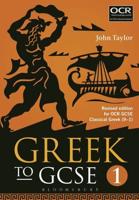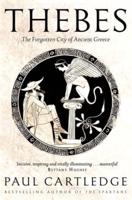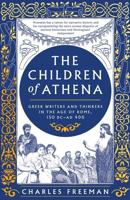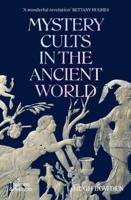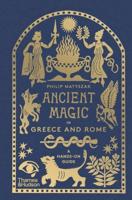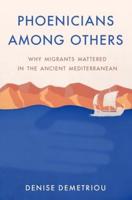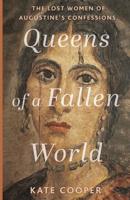Publisher's Synopsis
*Includes pictures *Includes contemporary Egyptian accounts of the Libyans and the wars against them *Includes online resources and a bibliography for further reading The ancient Egyptians are well known today for the enemies they kept. In their texts, the Egyptians made copious references to the "vile Asiatics" and "wretched Kush," who were their Canaanite and Nubian neighbors, respectively. The Nubians and Canaanites were also portrayed in numerous reliefs from the temples and tombs throughout Egypt, which has given modern scholars both a general impression concerning how those people dressed and looked, as well as (and probably more importantly) how the Egyptians viewed those peoples. The Canaanites and Nubians received the most attention as Egypt's enemies and occasional trading partners, but it was the Libyans-the final third of Egypt's traditional enemies-who influenced later Egyptian culture most. Unlike the Nubians and Canaanites, the Libyans were nearly always at war with the Egyptians. The reasons for the near constant warfare between the Libyans and Egyptians are difficult to discern, but more than likely stem from the fact that Libya was poor in resources, so the Egyptians had little reason to trade with the Libyans. On the other hand, the Libyans coveted Egypt's material wealth. The result was numerous putative campaigns by the Egyptians into Libya and raids by the Libyans into Egypt. The wars between the Libyans and Egyptians reached a fevered pitch during the New Kingdom when the Libyans organized anti-Egyptian coalitions, and even formed an alliance with the mysterious Sea Peoples. By the Late New Kingdom, Egypt was an armed camp, yet it was ultimately unable to stem the tide of Libyan migration. The Libyans used their numbers to their advantage, eventually conquering Egypt and establishing two dynasties. Their ancestors created another two. Unfortunately, early Libyan history is replete with several lacunae since the Libyans were not literate until the early Iron Age, and modern archaeologists have uncovered little of their material culture. As a result, modern studies of the ancient Libyans are then forced to synthesize archaeological evidence using Egyptian textual and pictorial references, classical sources, and biblical references, in order to arrive at a more complete picture. The relationship between the Libyans and Egyptians was truly complicated, and an in-depth survey of Libyan history from the Neolithic Period until the middle of the 6th century BCE demonstrates just how important the Libyans were in the ancient world. The Ancient Libyans: The Mysterious History of Egypt's Neighbors to the West during Antiquity looks at the various groups and their impact on the region and subsequent cultures. Along with pictures depicting important people, places, and events, you will learn about the ancient Libyans like never before.

